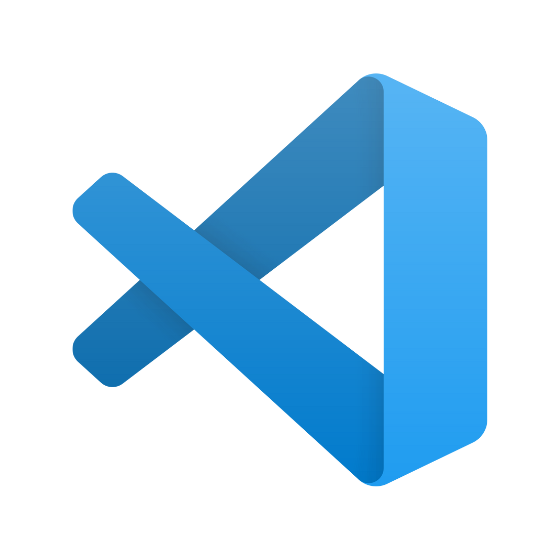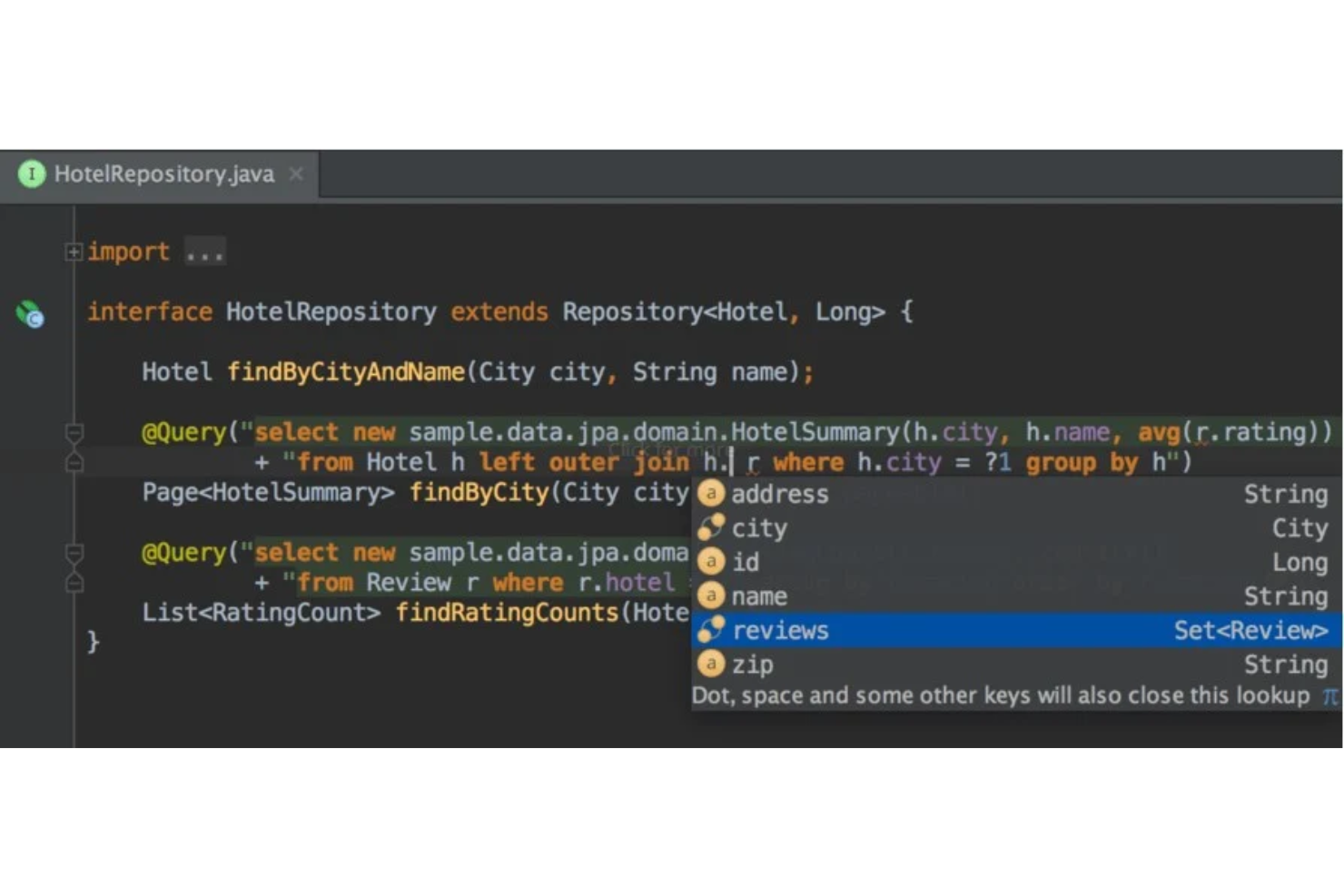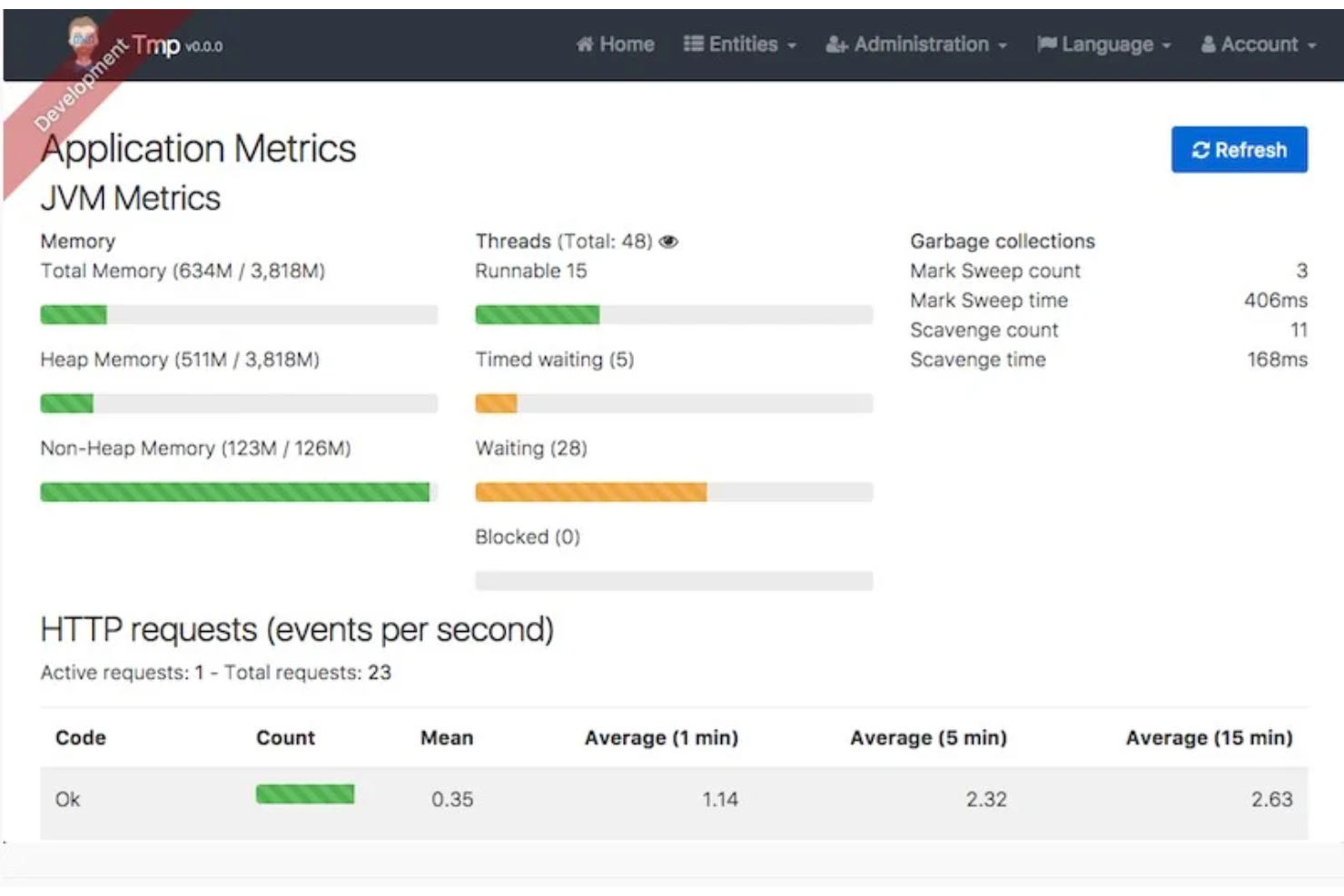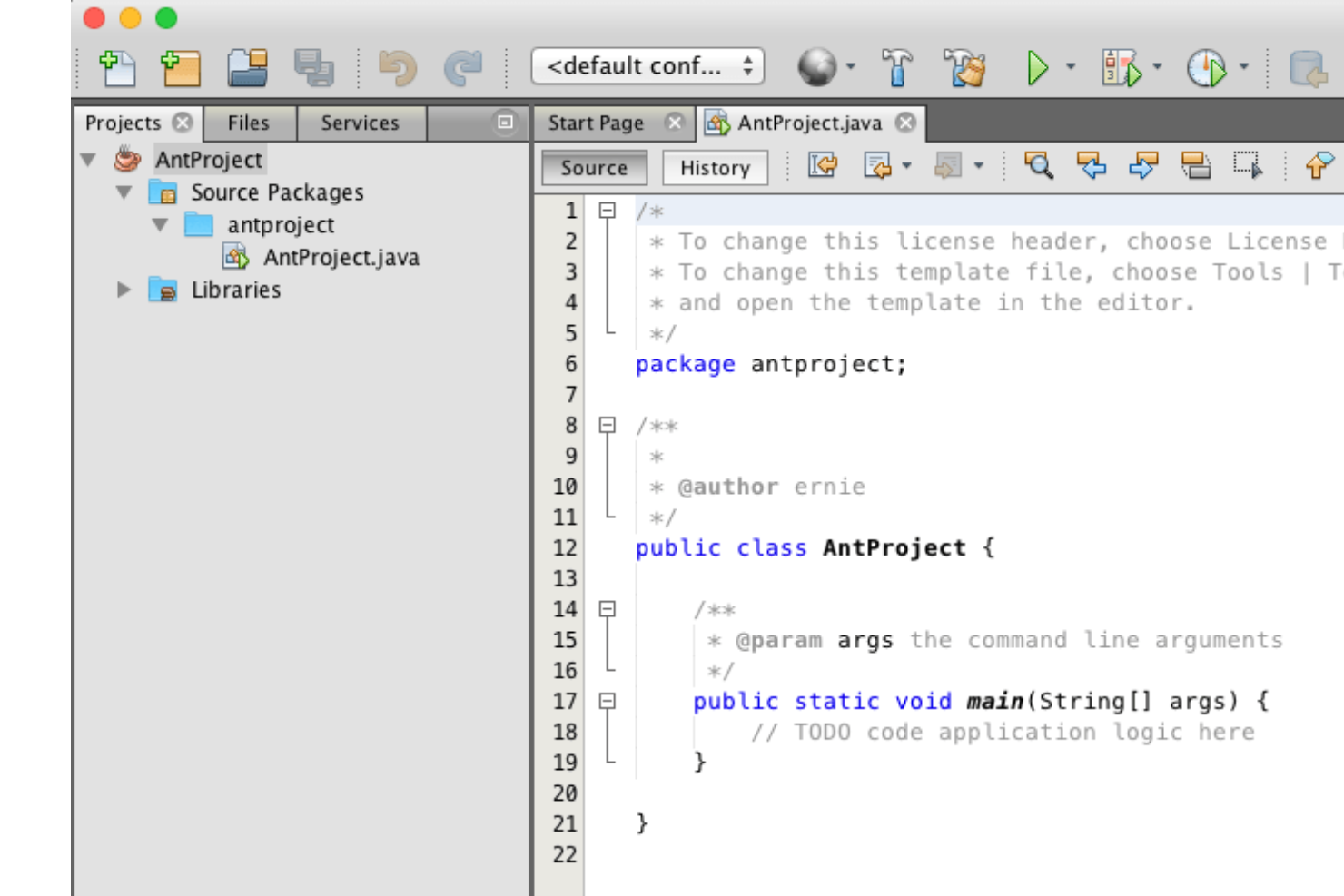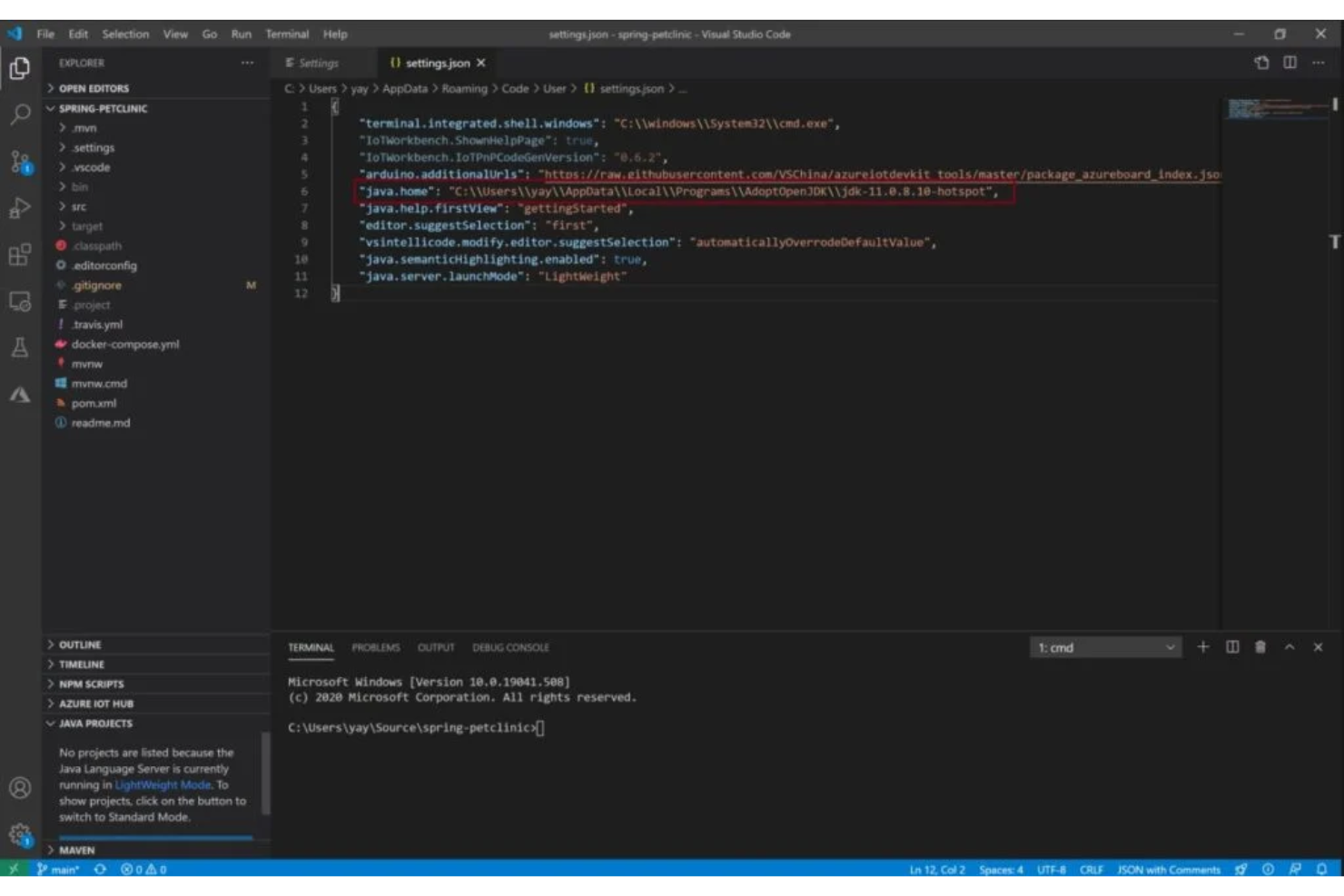10 Best Java Development Tools Shortlist
Here's my pick of the 10 best software from the 23 tools reviewed.
Our one-on-one guidance will help you find the perfect fit.
Navigating Java development tools is vital, especially when you're diving into areas like Android development, Java programming, or cross-platform challenges. I've extensively explored tools, from the Java Development Kit (JDK) and open-source Java solutions to integrating APIs with HTML, JavaScript, and SQL on platforms like Windows and Linux.
These tools not only streamline your work but also tackle pain points like refactoring, unit testing, and efficient compilation. With the right selection, you can elevate the quality and efficiency of your projects.
What Are Java Development Tools?
Java development tools are specialized software utilities designed to aid programmers in creating, testing, and optimizing Java applications. These tools, ranging from integrated development environments (IDEs) and code profilers to build automation tools, are integral to developers, both novices and experts. They streamline the development process, ensure code quality, and facilitate efficient collaboration among teams.
Whether it's for building enterprise-level software, mobile apps, or web applications, these tools empower developers to tackle complex challenges and enhance the overall efficiency of their Java projects.
Best Java Development Tools Summary
| Tool | Best For | Trial Info | Price | ||
|---|---|---|---|---|---|
| 1 | Best for intelligent Java IDE features | 90-day free trial + Free plan available under the “community” edition | From $14.90/user/month (billed annually) | Website | |
| 2 | Best for dynamic scripting on the Java platform | Not available | Customized price upon request | Website | |
| 3 | Best for generating Spring Boot and Angular/React projects | Not available | Customized price upon request | Website | |
| 4 | Best for Java project continuous integration | Free demo available | Free to use | Website | |
| 5 | Best for Oracle-based application design | Not available | From $15/user/month | Website | |
| 6 | Best for continuous inspection of code quality | Free trial available | From $500/annually | Website | |
| 7 | Best for enterprise-level Java framework development | Not available | Customized price upon request | Website | |
| 8 | Best for automating software build processes | Not available | Customized price upon request | Website | |
| 9 | Best for in-depth Java performance analysis | Not available | From $12/user/month (billed annually) | Website | |
| 10 | Best for lightweight Java code editing and debugging | Not available | Free to use | Website |
-

Docker
Visit WebsiteThis is an aggregated rating for this tool including ratings from Crozdesk users and ratings from other sites.4.6 -

Pulumi
Visit WebsiteThis is an aggregated rating for this tool including ratings from Crozdesk users and ratings from other sites.4.8 -

GitHub Actions
Visit Website
Best Java Development Tools Reviews
IntelliJ IDEA is a robust integrated development environment (IDE) specifically tailored for Java development. With its focus on maximizing developer productivity, it incorporates a series of intelligent features that simplify and accelerate the coding process.
Why I Picked IntelliJ IDEA:
When determining the most adept Java IDEs, IntelliJ IDEA was impossible to overlook. Its unique approach to code assistance and its sophisticated set of tools made it stand out distinctly. For its deep intelligence and intuitive code recommendations, I've placed it as best for intelligent Java IDE features.
Standout Features and Integrations:
IntelliJ IDEA offers advanced code completion, inline static analysis, and deep navigation. Furthermore, its built-in tools for database tools, version control, and decompiler enrich the developer experience.
Integration is key with IntelliJ IDEA, making it compatible with numerous frameworks and programming languages beyond Java, such as Kotlin, Groovy, and Scala. It also provides integration with build tools like Maven and Gradle.
Pros and cons
Pros:
- Built-in tools for comprehensive development
- Supports a broad array of languages and frameworks
- Highly intelligent coding assistance
Cons:
- Licensing costs can accumulate for larger teams
- Might feel overwhelming for beginners
- Can be resource-intensive on some systems
In the bustling world of Java, Groovy emerges as a powerful, agile tool. It's designed to enrich the Java platform with scripting capabilities, allowing for a more dynamic coding approach.
Why I Picked Groovy:
Choosing the right tools often involves a mix of judgment and comparison. In my analysis, Groovy consistently rose to the top, distinguishing itself with its nimbleness and adaptability. The rationale behind its selection hinges on its innate ability to meld into the Java ecosystem, offering dynamic scripting that many tools simply can't.
This capability makes it best suited for those who wish to augment their Java projects with an added layer of flexibility.
Standout Features and Integrations:
Groovy shines with its concise syntax, which is easy for Java developers to pick up. It boasts features like closures, builders, and AST transformations that extend the power of Java in significant ways. Additionally, the GroovyShell and GroovyScriptEngine permit rapid application development.
When it comes to integrations, Groovy meshes well with frameworks like Grails, providing a robust web application framework. It also dovetails effectively with Spock for testing and Gradle for build automation.
Pros and cons
Pros:
- Compatible with many established Java libraries and frameworks
- Provides a concise and expressive syntax
- Native integration with Java
Cons:
- Lack of specialized IDE tailored for Groovy, though plugins exist for popular IDEs.
- Performance can sometimes be slower than pure Java
- Might require a learning curve for those unfamiliar with scripting
At the crossroads of modern web development, JHipster stands tall. It acts as a scaffolding tool, bringing the power of Spring Boot and front-end technologies like Angular and React together.
Why I Picked JHipster:
My selection process is meticulous, focusing on a tool's unique proposition in the ecosystem. JHipster distinguished itself as a compelling choice because of its comprehensive blueprinting capabilities. These blueprints enable rapid development, making it ideal for generating projects that utilize both Spring Boot and Angular/React. This is why it's unsurpassed when the aim is to combine these specific stacks.
Standout Features and Integrations:
JHipster boasts a rich set of tools, including a built-in development server, a welcome page, and entity generation tools. It further accelerates development with features like hot reload and database versioning.
Integration-wise, JHipster is impressive. It pairs naturally with Spring Cloud for microservice architecture, incorporates Elasticsearch for advanced search capabilities, and facilitates deployment with Docker and Kubernetes.
Pros and cons
Pros:
- Modular architecture allowing custom blueprints
- Incorporates best practices by default
- Extensive support for modern web technologies
Cons:
- Default setups may include more than a project requires
- Learning curve if unfamiliar with both Spring Boot and Angular/React
- Might be overkill for smaller projects
Jenkins has been a stalwart in the world of continuous integration, especially for Java projects. It orchestrates the process of building, testing, and deploying code, ensuring that Java applications are always production-ready.
Why I Picked Jenkins:
Deciding on a CI tool, especially for Java projects, required a lot of judgment. In my comparisons, Jenkins's adaptability, plugin ecosystem, and community support made it a clear favorite. The way it handles continuous integration for Java projects is exceptional, underscoring its top position in this domain.
Standout Features and Integrations:
Jenkins boasts of a massive plugin ecosystem, catering to almost every need in the CI/CD pipeline. It also provides distributed builds, allowing projects to be built using different machines.
Its integrations are a highlight. Jenkins supports SCM tools like Git, Bitbucket, and SVN. Moreover, it integrates smoothly with deployment tools, container platforms like Docker, and even cloud platforms for scalable builds.
Pros and cons
Pros:
- Suitable for both small and large projects
- An active community providing support and updates
- Vast plugin ecosystem enhancing its capabilities
Cons:
- Some plugins might lack thorough documentation
- Initial setup and tuning require expertise
- Interface can feel dated
Oracle JDeveloper stands as a comprehensive and integrated development environment from Oracle. Tailored specifically for Oracle solutions, it streamlines the process of designing, developing, debugging, and deploying applications.
Why I Picked Oracle JDeveloper:
Oracle applications demand specialized tools. During my selection phase, Oracle JDeveloper stood out, primarily due to its in-depth integration with Oracle systems. Its dedication to facilitating Oracle-based application design made it a unique and irreplaceable tool on this list.
Standout Features and Integrations:
Oracle JDeveloper offers visual and declarative approaches to application development. It covers every phase of the application lifecycle, with support for UML modeling, code profiling, and debugging.
Being an Oracle product, it offers unparalleled integration with Oracle databases, Oracle WebLogic Server, and other Oracle technologies, ensuring application design and deployment.
Pros and cons
Pros:
- Robust support and documentation
- Comprehensive toolset for application lifecycle management
- Deep integration with Oracle technologies
Cons:
- Less versatile for non-Oracle technologies
- Requires a fair amount of resources to run efficiently
- Can be heavy for simple projects
In the vast ocean of code quality tools, SonarQube stands as a beacon. It is a platform that continuously inspects code quality and provides a detailed overview of potential vulnerabilities.
Why I Picked SonarQube:
When it comes to code quality inspection, the options are vast. However, in my selection process, SonarQube consistently emerged on top. It wasn't just about its capabilities; it was about how efficiently and continuously it did the job. This continuous inspection is precisely why I've pegged SonarQube as the go-to for this domain.
Standout Features and Integrations:
SonarQube offers an extensive set of coding rules, detecting over 20 types of vulnerabilities. It further presents visual metrics to keep track of code quality over time.
Integration is one of its strengths. SonarQube can integrate with popular CI/CD tools, version control platforms like GitHub and GitLab, and even IDEs to provide feedback right within your code editor.
Pros and cons
Pros:
- Supports multiple languages
- Detailed visual metrics on code health
- Comprehensive code rule set
Cons:
- Some advanced features require an enterprise subscription
- Might be overwhelming for smaller teams
- The initial setup can be complex
Spring is an influential framework that addresses the complexity of enterprise application development. With a focus on flexibility, modular architecture, and productivity, Spring offers tools and extensions for building almost any kind of Java application.
Why I Picked Spring:
In the realm of Java frameworks, choosing Spring was almost intuitive. Through a comparative lens, its comprehensive ecosystem, dedication to reducing boilerplate code, and scalability made it prominent. Its suitability for enterprise-level Java framework development, backed by a vast community, solidified its position on this list.
Standout Features and Integrations:
Spring’s core container enables configuration and bean management. Additionally, the framework provides foundational support for transactions, messaging, and data access.
It integrates efficiently with other enterprise systems, databases, and messaging systems. Java developers also benefit from its compatibility with various ORM frameworks, including Hibernate.
Pros and cons
Pros:
- In-built modularity for better project management
- Large community and extensive documentation
- Rich ecosystem covering many aspects of Java development
Cons:
- Some features might be overkill for small projects
- Configuration can be complex
- The steep learning curve for beginners
Apache Ant, a cornerstone in the software development lifecycle, simplifies and automates the build process. Acting as a driver behind successful project deployments, it streamlines the pathway from code to production.
Why I Picked Apache Ant:
Selecting the right build automation tool was no small feat. However, after considerable comparison and deliberation, Apache Ant's versatility and reliability stood out. Its emphasis on automating software build processes is unmatched, making it the prime choice in this arena.
Standout Features and Integrations:
Apache Ant allows the definition of building tasks in XML, offering flexibility in configuration. It supports conditional builds and can execute tasks in a specific order, ensuring prerequisites are met.
Integration-wise, Ant can work with version control systems like Git and SVN, and it's also known to cooperate well with IDEs, ensuring a streamlined build process.
Pros and cons
Pros:
- Platform-independent
- Extensive documentation and community support
- Highly flexible with XML configuration
Cons:
- The learning curve for those new to building automation
- Newer tools offer more out-of-the-box features
- XML-based configuration can be verbose
Performance bottlenecks in Java can be elusive, but jProfiler turns the chase into a precise operation. This tool is a beacon for Java developers, shining a light on performance issues with unparalleled clarity.
Why I Picked jProfiler:
Determining the finest tools in performance analysis, I found jProfiler to be a formidable candidate. My judgment stems from its detailed profiling capabilities, which are unparalleled in the Java space. For those seeking to dive deep into their Java application's performance metrics, jProfiler is undeniably the best.
Standout Features and Integrations:
jProfiler boasts a multitude of profiling views and a versatile heap walker. Its on-demand profiling and integrated thread profiler are particularly commendable.
Integration-wise, jProfiler supports a broad range of application servers and databases. Moreover, it integrates smoothly with popular IDEs and builds tools, ensuring a harmonious workflow.
Pros and cons
Pros:
- Integrated snapshots for historic data
- Supports both CPU and memory profiling
- Detailed insights into Java application behavior
Cons:
- Steeper learning curve compared to simpler profilers
- Requires setup and configuration for optimal use
- Might be overwhelming for novice users
Visual Studio Code, often known as VS Code, is a versatile code editor with features that go beyond mere editing. While it caters to multiple languages, its extensions make it a solid choice for Java development, offering a lightweight solution for coding and debugging.
Why I Picked Visual Studio Code:
Selecting a lightweight editor that doesn’t compromise on capability led me to Visual Studio Code. I judged its responsiveness, extensibility, and efficient debugging tools as noteworthy. It's precisely its lightweight nature coupled with adept Java debugging tools that position it as best for lightweight Java code editing and debugging.
Standout Features and Integrations:
VS Code shines with features like IntelliSense code completion, Git integration, and a debugging toolkit. Its extensible marketplace allows users to add numerous plugins tailored to their needs.
One of its core strengths lies in its integrations. With Java extensions available, developers can integrate Maven, Tomcat, and even Checkstyle. Furthermore, its compatibility with a wide range of programming languages and Git integration makes it versatile.
Pros and cons
Pros:
- Supports a plethora of languages and frameworks
- Highly extensible with a rich marketplace for extensions
- Lightweight and fast performance
Cons:
- Updates can occasionally introduce minor bugs
- Less integrated Java experience compared to dedicated Java IDEs
- Might require multiple extensions for full Java development features
Other Java Development Tools
Below is a list of additional Java development tools that I shortlisted, but did not make it to the top 10. They are definitely worth checking them out.
- Apache NetBeans
For a comprehensive Java development environment
- Guava
For Java utilities and libraries extension
- Maven
Good for managing project lifecycles and dependencies
- Mockito
Good for creating and configuring mock objects in Java
- FindBugs
Good for static code analysis in Java applications
- Eclipse
Good for extensive plugin ecosystem
- Tomcat
Good for serving Java Servlets and JSP web applications
- Java Decompiler
Good for reconstructing Java source code from bytecode
- Java VisualVM
Good for monitoring, troubleshooting, and profiling Java applications
- Gradle
Good for building automation and dependency management
- BlueJ
Good for beginners learning Java and object-oriented concepts
- JUnit 5
Good for modern Java testing and assertions
- Jira
Good for agile project management and bug tracking
Selection Criteria For Choosing the Best Java Development Tools
In my journey through the world of Java development, I've tested each of these tools extensively. I've delved into over 30 different applications, and in the process, have whittled my favorites down based on certain criteria.
These aren't just arbitrary benchmarks; they're specifically tailored to address the needs and challenges inherent in Java development and management. I'll outline them for you below.
Core Functionality
- Code Analysis: The tool should have the capability to scan, analyze, and offer insights into the code's quality and efficiency.
- Build Automation: It should enable the user to compile, test, and deploy code automatically.
- Project Management: The ability to track progress, manage tasks, and allocate resources effectively is crucial.
- Debugging: A tool should assist in identifying, diagnosing, and rectifying any code errors.
Key Features
- Version Control Integration: Helps manage different versions of the code and facilitates collaboration.
- Integrated Development Environment (IDE): Provides a consolidated platform for code writing, testing, and debugging.
- Plugin Support: Extends the functionality of the tool by integrating third-party or custom plugins.
- Real-time Collaboration: Allows multiple developers to work simultaneously on the same project, promoting teamwork.
- Static Code Analysis: Reviews the code without executing it, focusing on patterns that could lead to errors.
- Performance Profiling Tools: Measures how the application performs in terms of speed and resource utilization.
Usability
- Customizable Workspace: Every developer has their preference. The tool should allow for personalization in terms of themes, layouts, and shortcuts.
- Accessible Documentation: Given the technical nature of these tools, comprehensive, easily accessible documentation is a must. It assists users in understanding complex features and troubleshooting issues.
- Responsive Customer Support: When facing a roadblock, timely and knowledgeable customer support can make all the difference, ensuring that developers can proceed without prolonged interruptions.
- Efficient Onboarding Process: A learning curve is expected, but the tool should offer tutorials, walkthroughs, or starter templates to help users get started more effectively.
- Intuitive Interface: For Java IDEs and other tools, a clear, structured layout is essential, making it easier for developers to navigate through various functions and features.
Most Common Questions Regarding Java Development Tools (FAQs)
What are the benefits of using these Java development tools?
There are several advantages to integrating these Java development tools into your workflow:
- Efficiency: They streamline the development process, reducing the time required from coding to deployment.
- Error Reduction: Many of these tools offer dynamic and static code analysis for Java, helping identify and rectify errors early in the development cycle.
- Collaboration: Features like real-time collaboration and version control enable developers to work together, even from different locations.
- Customization: With a myriad of plugins and integrations available, developers can tailor their environment to fit their specific needs and preferences.
- Continuous Learning: The tools often come with extensive documentation and community support, fostering an environment of continuous learning and problem-solving.
How much do these Java development tools typically cost?
The cost of Java development tools can vary significantly based on their features, brand, and target audience. Some basic tools start as low as $5/user/month, while enterprise-level solutions can go well above $100/user/month.
Can you explain the typical pricing models of these tools?
Certainly, the most common pricing models for Java development tools include:
- Subscription-based: Monthly or yearly fees for access to the software and its features.
- Perpetual License: A one-time purchase price for indefinite use of the software, though updates might require additional fees.
- Freemium: These tools offer a free version with basic functionalities and a paid version with advanced features.
Which are the most expensive software options on the list?
Enterprise-level solutions like certain versions of IntelliJ IDEA or specialized tools tailored for large-scale applications usually fall on the higher end of the pricing spectrum.
Are there any free tool options?
Yes, several Java development tools offer free versions. Eclipse and BlueJ are examples of completely free tools. Others, like IntelliJ IDEA or Visual Studio Code, provide both free and paid versions, with the free version typically having fewer features.
Which tool is the cheapest on the list?
While several tools offer free versions if I’m focusing on the lowest-priced paid plans, tools like BlueJ stand out as they are entirely free. For tools with both free and paid options, Visual Studio Code’s extensions for Java can be added at no extra cost.
Do these tools come with trial periods?
Many Java development tools, especially those with subscription-based pricing, offer trial periods. This allows users to explore the features and functionalities before committing to a purchase. It’s always a good idea to check the official website of the tool in question for trial details.
Other App Development Tools Reviews
Summary
Navigating the myriad of Java development tools can be a daunting task, especially with the plethora of options available. This guide has distilled the essence of each tool, focusing on its unique selling points, core functionalities, and the criteria that matter most when choosing a tool for Java development. The FAQs further illuminate the benefits and pricing models, offering a comprehensive view to help make an informed decision.
Key Takeaways
- Match tool to task: Not every Java development tool is a one-size-fits-all solution. Assess your specific requirements, whether it's intelligent code completion, collaborative features, or extensive integrations, and select a tool that aligns with those needs.
- Cost vs. value: While pricing is an important factor, it's essential to weigh the cost against the tool's features and benefits. Sometimes, investing a bit more can yield significant efficiency and productivity gains in the long run.
- Community and support matter: Java development tools with robust community support and extensive documentation can make a significant difference, especially when facing challenges or seeking to expand your skill set.
What Do You Think?
While this guide aims to be comprehensive, the vast landscape of Java development tools means there might be some noteworthy tools that slipped through the cracks. If you've had a great experience with a Java development tool not mentioned here, please share it. Your suggestions and insights can benefit the entire community and might make it to future updates of this guide. Looking forward to your recommendations.











